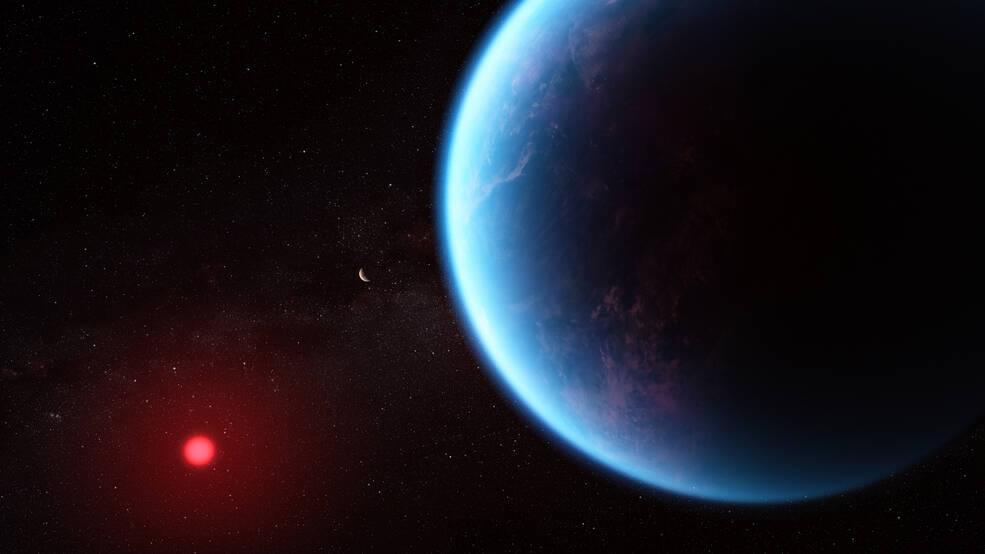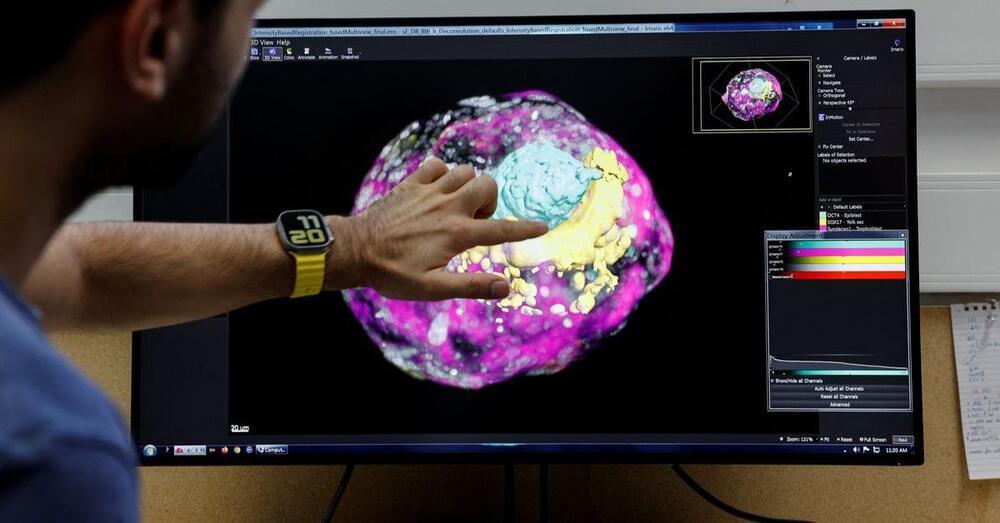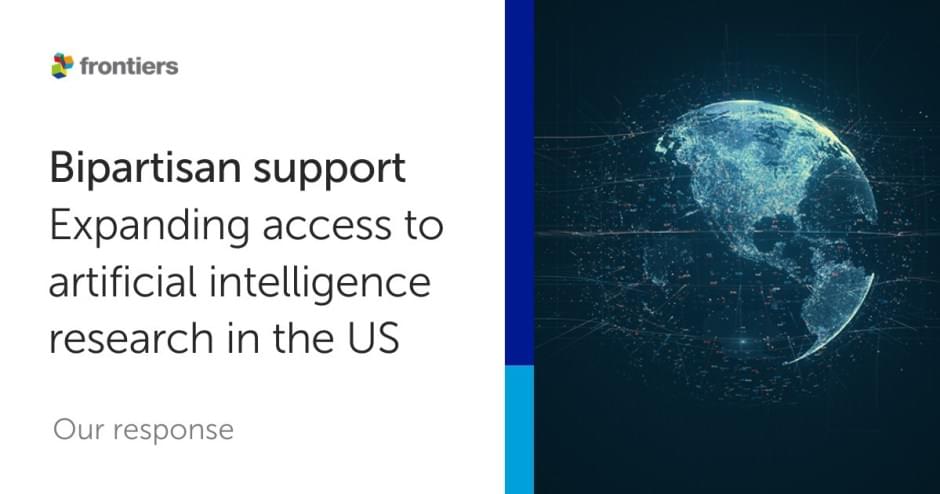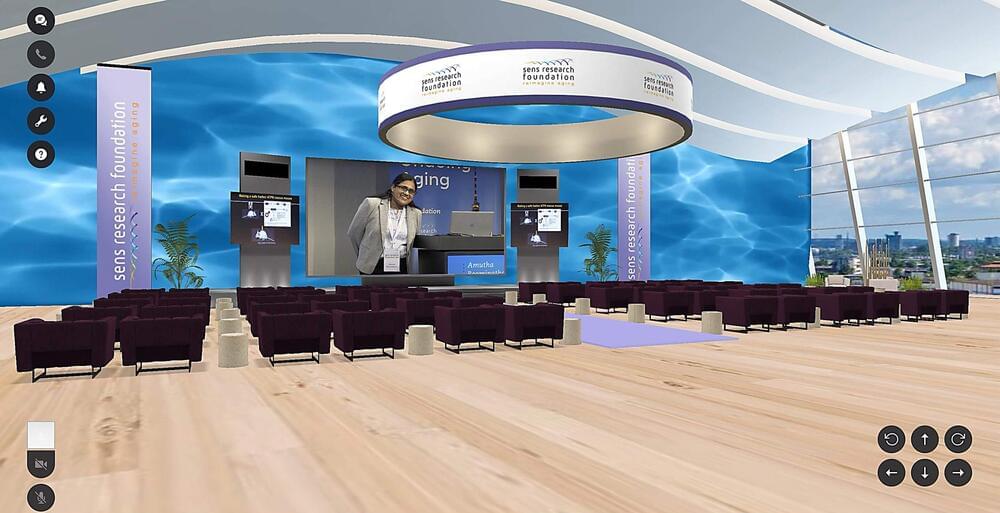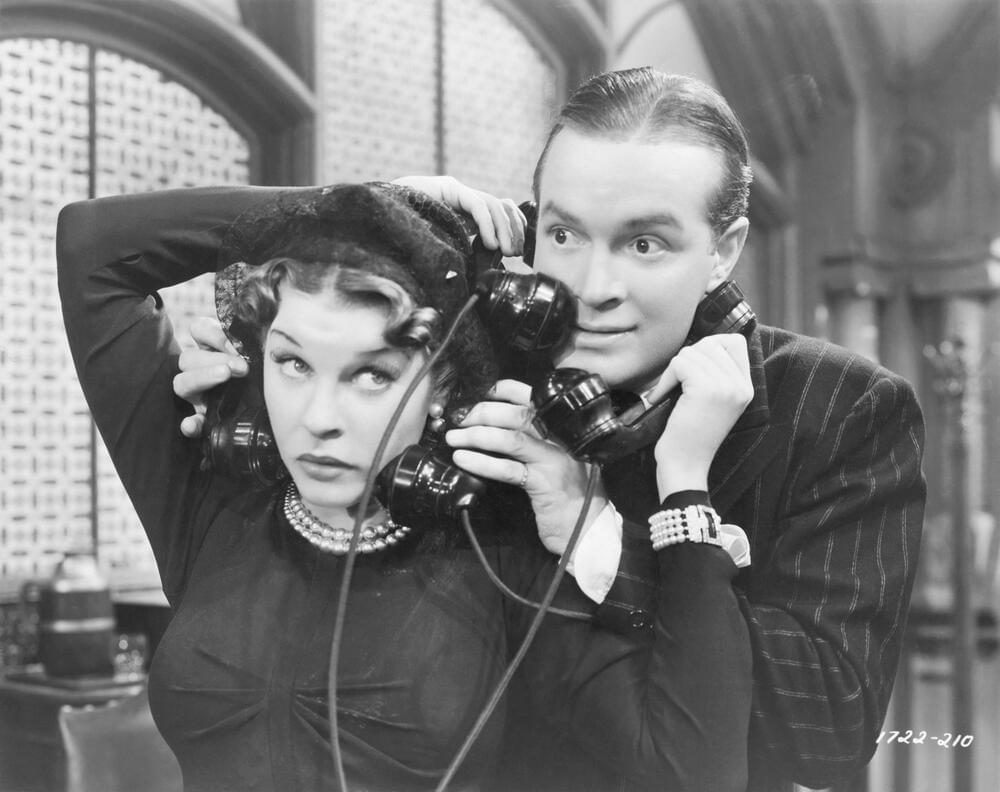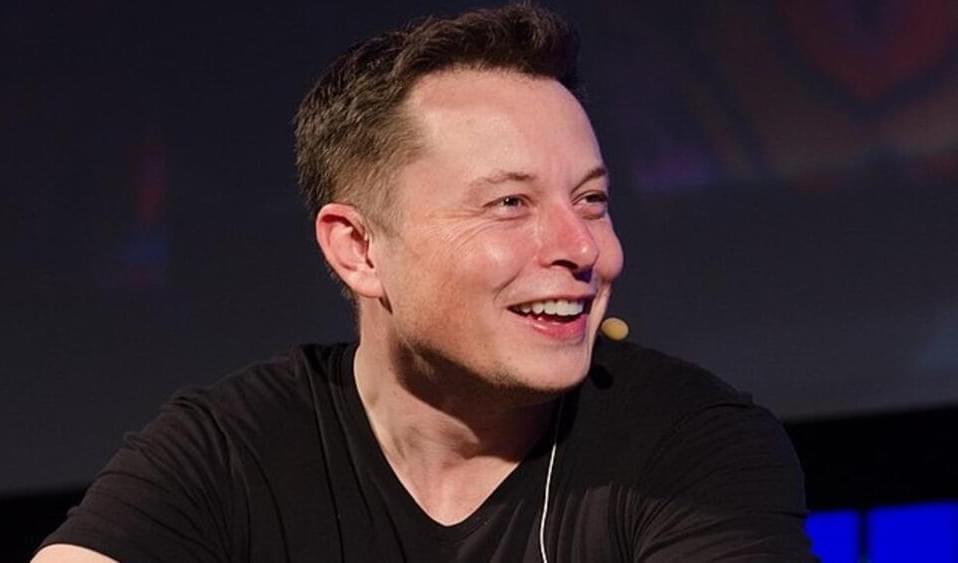(WTAJ) — Astronomers using the James Webb Space Telescope say they have stumbled onto possible signs of life coming from a massive Earth-like exoplanet, NASA confirmed in a release.
K2-18 b is an exoplanet — a planet outside our solar system — that’s 8.6 times as massive as Earth. A new investigation with the JWST revealed the presence of “carbon-bearing molecules” that include methane and carbon dioxide. The findings add to recent studies that suggest that K2-18 b could be a Hycean exoplanet, meaning it has the potential to hold a hydrogen-rich atmosphere and a water-covered surface, NASA reported.
Astronomers first studied K2-18 b’s atmosphere with NASA’s Hubble Space Telescope in 2019. The results prompted further studies of the massive exoplanet that have changed experts understanding of the system.
